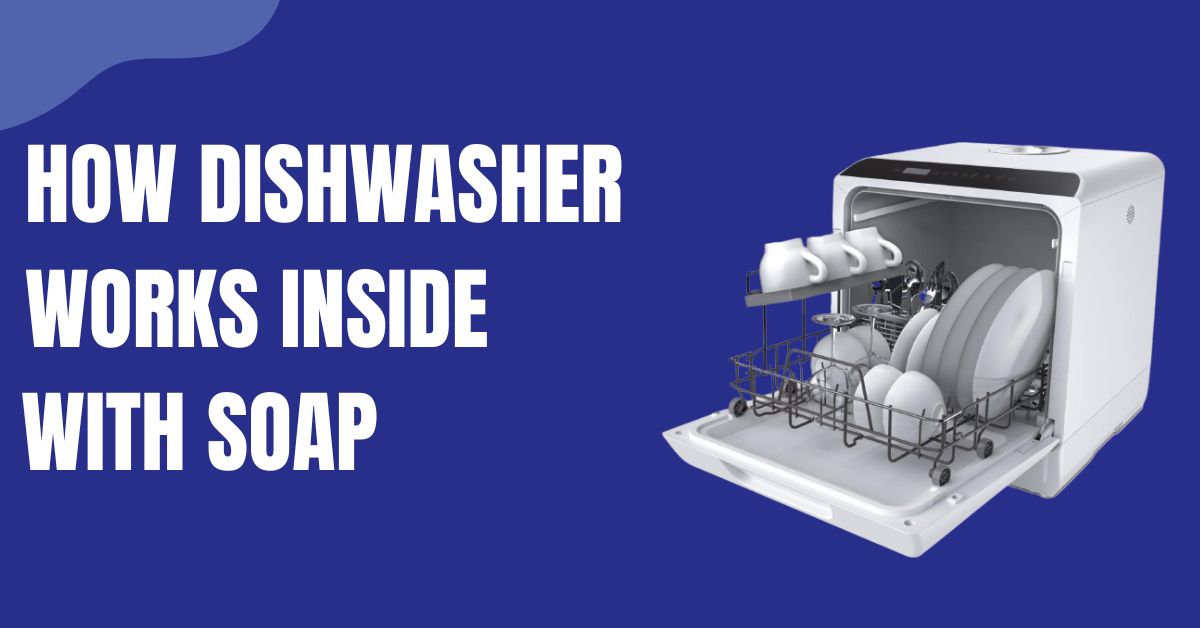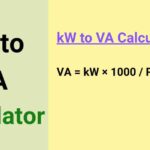Dishwashers are an innovation of modern times and it is a major boost to our lives in terms of efficiency and convenience.
Good knowledge of how dishwasher works inside with soap is essential for optimal performance and maintenance.
In this comprehensive guide, we’ll delve into the mechanics, the role of soap, and tips for ensuring your dishwasher runs smoothly.
At the end of this article, you will understand how dishwashing operates, enabling you to get cleaner dishes while making your machine efficient.
#1. Understanding the Basics of How Dishwasher Works Inside with Soap.
Dishwashers are intricate appliances made up of various vital parts that work together to wash your dishes.
We shall now look into the key parts and their roles.
The Main Components.
#1. Pump:
The pump, which circulates water throughout the washing cycle, is like the heart of the dishwasher.
It pumps water into the spray arms and sucks it out when necessary.
#2. Spray Arms:
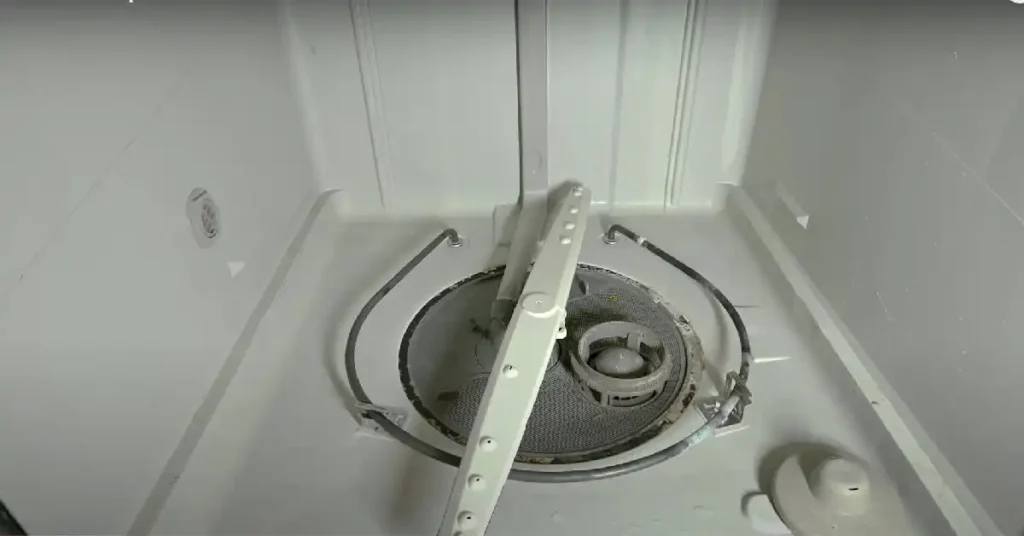
These hands spin around and throw water onto plates and bowls.
The magnitude & directionality of these sprays make sure that every part of the food-holding surface gets wet.
#3. Heating Element:
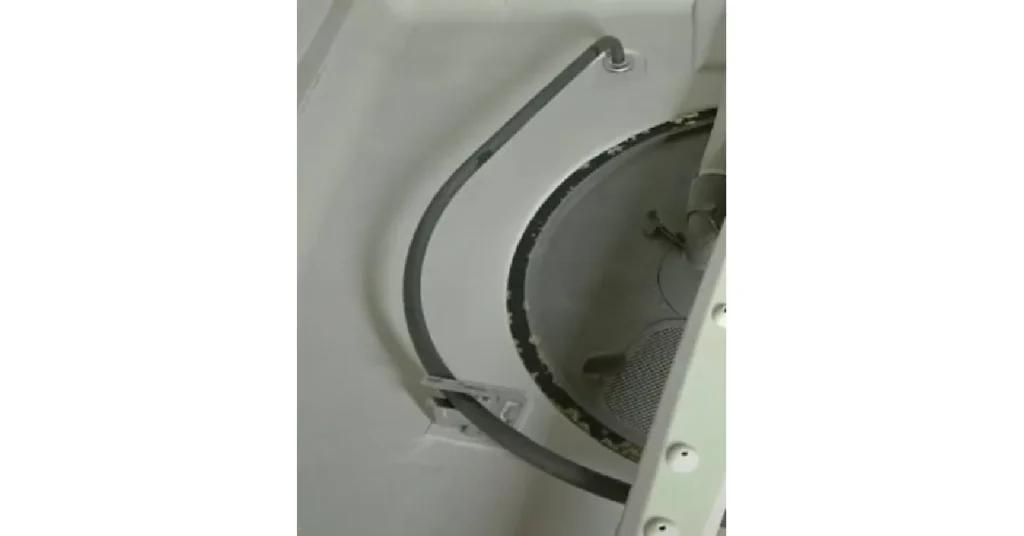
Underneath dishwashers, there is an electric heating pad that warms the water to its ideal temperature for cleaning utensils.
#4. Detergent Dispenser:

This component stores detergent and releases it at specific moments during washing.
#5. Racks:
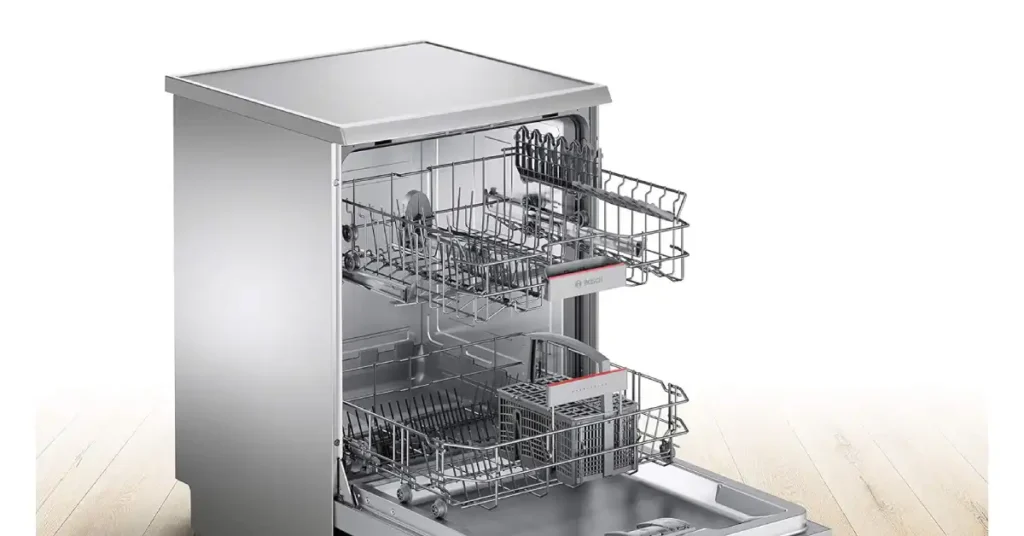
During washes, these are what hold dishes in place; usually, They are typically adjustable to accommodate different types of dishes.
#6. Filters:
Filters trap food particles and prevent them from redepositing on clean dishes.
If these filters are cleaned regularly, they will work effectively.
Also Read: Top 7 Best Dishwasher for Indian Cooking
#2. The Role of Soap in Dishwasher Operation.
Essentially, soap or detergent should be used for decomposing food and grease to leave your dishes shiny.
Types of Dishwasher Detergents.
#1. Powder Detergent:
Powder detergents are economical and efficient because they dissolve quickly and can handle heavily soiled loads.
#2. Liquid Detergent:
Liquid detergents are easy to use; therefore, they are suitable for lightly soiled to moderately soiled loads.
#3. Pods or Tablets:
These pre-measured doses are convenient as well as neat hence ensuring consistent cleaning performance.
How Does Soap Work in a Dishwasher?
Dishwasher soap is specifically made for dishwashers. It is enzymatic with surfactants which aid in breaking down food particles and grease.
As the dishwasher begins its wash cycle, water mixes with the soap after being heated making a very strong cleaning solution.
This solution gets spread all over the dishes by several spray arms until thorough cleaning is achieved.
#3. Inside the Dishwasher: The Cleaning Process.
Let’s take a closer look at the step-by-step process of how a dishwasher cleans dishes from start to finish.
Pre-Rinse Cycle
- Initial Rinse: The initial rinsing of the dishes involves filling the dishwasher with water lightly to get rid of loose food particles on them. This makes it easier for the soap to work efficiently during subsequent steps.
- Soap Release: After this initial rinse, the detergent dispenser opens thereby allowing soap into the dishwasher.
Wash Cycle
- Water Heating: The temperature of the water is adjusted by the heating element to a perfect level, usually around 120°F and 160°F (49°C and 71 °C). Activating enzymes in detergents requires hot water.
- Spray Arms Action: The spray arms rotate and throw soap-water on the plates as they are cleaned. All surfaces are cleared by water pressure and movement.
- Detergent Breakdown: While surfactants remove them from dishes, food particles, and fat are broken down by enzymes in soap.
Rinse Cycle
- Rinsing Off Residue: After cleaning, the dishwasher is emptied with soapy water and then filled with clean water for rinsing. After that, the spray arms continue revolving to rinse away any detergent and food remains.
- Final Rinse: Some dishwashers have a final rinse with hot water which helps to sanitize the dishes and prepare them for drying.
Drying Cycle
- Heating Element Activation: The heating element heats the air inside the dishwasher, evaporating the remaining moisture from plates.
- Condensation Drying: Some dishwashers use condensation drying whereby cool stainless steel walls cause condensation of moisture that runs off leaving dishes dry.
#4. The Mechanics Behind Soap Dispensing.
Understanding how a dishwasher soap dispenser works can assist you when troubleshooting or optimizing its operation.
Soap Dispenser Mechanism
- Timer-Controlled Release: The soap dispensing cycle depends on time as dictated by timers in dishwashers. The timer instructs when to trigger the opening of these dispensing devices.
- Spring-Loaded Door: The soap dispenser door is spring-loaded to ensure a quick and full opening that allows the detergent to come out of the machine.
- Compartment Design: It has compartments that hold detergents securely until they are needed.
Timing and Mechanism
- Pre-Rinse Phase: Soap is released after the pre-rinse cycle so that the first rinse water can go out, while soap comes in contact with fresh hot water.
- Even Distribution: It is mixed with incoming hot water as it is being dispensed and therefore distributed rapidly by spray arms.
#5. Enhancing Efficiency: Tips for Optimal Dishwasher Performance.
Your dishwasher will work most effectively if you:
Proper Loading Techniques.
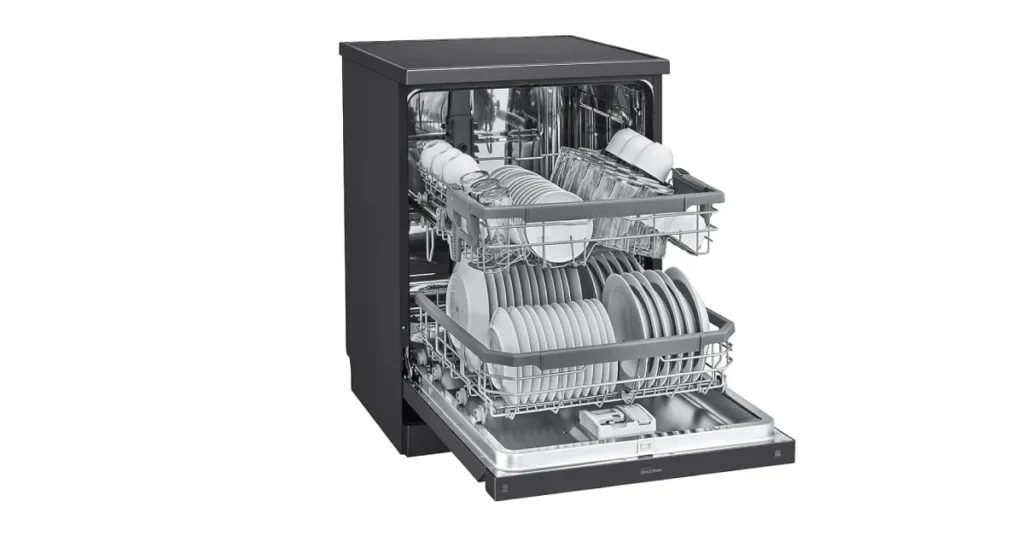
#1. Avoid Overloading: Do not overcrowd your dishwasher as this may prevent water and soap from reaching all surfaces.
#2. Angle Dishes Correctly: By loading dishes correctly, they can be at an angle for easy runoff of water around all areas.
#3. Separate Utensils: Put utensils in their designated baskets with handles down so they don’t stick together or nest inside each other.
Selecting the Right Detergent.
#1. Consider Water Hardness: Use detergents matched to your specific hard or soft water types for enhanced cleaning results.
#2. Choose Quality Products: Buy high-quality detergents for desired outcomes and avoid residue build-up of residues.
Maintenance Tips
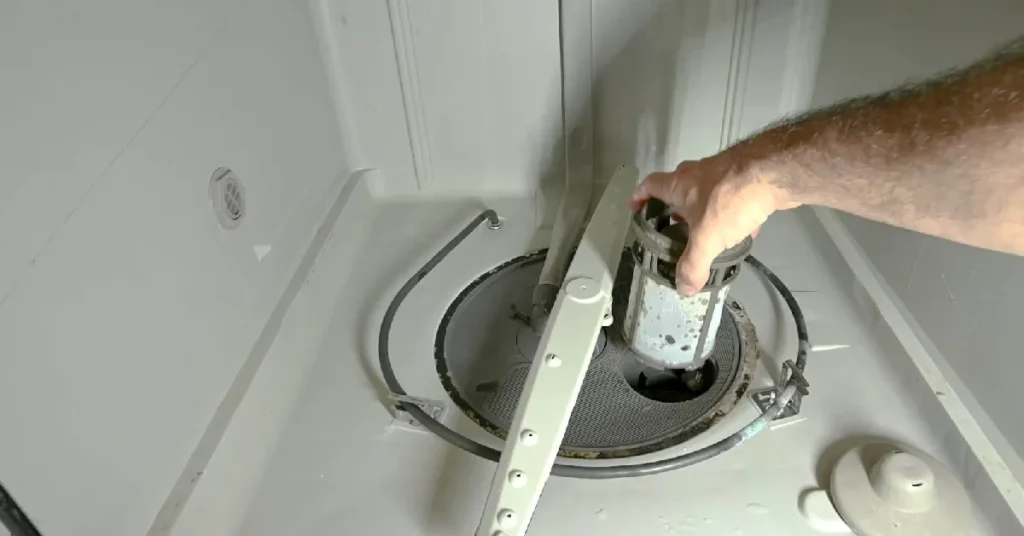
#1. Clean Filters Regularly: Clean out filters so that flooding does not happen as a result of clogging of drainage channels.
#2. Inspect Spray Arms: Inspect rotating jets for blockages through which more accurate rotation occurs thus allowing even distribution of washing liquids over a larger area.
#3. Run Hot Water: Turn on your hot tap before starting the dishwasher cycle to ensure the initial fill temperature is above 120 °F.
#6. Common Issues and Troubleshooting.
However, if you use it properly there might be some issues that come up in your dishwasher soap usage. Here are some things to check.
Soap Not Dispensing
- Check Dispenser Door: Ensure the dispenser door is not blocked by large items or improperly loaded dishes.
- Inspect Timer: A defective timer can be a reason why the dispenser doesn’t open at the right time. If necessary, contact professionals for assistance.
Residue on Dishes
- Water Temperature: Be sure to have hot water. Adjust your water heater accordingly if needed.
- Rinse Aid: To eliminate soap residues and avoid water spots, one needs to rinse using a rinse aid.
- Overloading: Avoid filling it up beyond its capacity since this affects rinsing effectiveness in washing machines.
Cloudy Glassware
- Hard Water: The hard water leaves a cloudy film on glassware, you may need to employ either detergents meant specifically for hard water or apply softeners like Rinse Aid after cleaning your utensils and glasses which will lessen streaking on surfaces and spotting.
- Incorrect Detergent: You must make sure you have the right detergent and enough of it too when dealing with dishwashers inside the working mechanism.
Also Read: 10 Common Dishwasher Mistake You Should Avoid
FAQs
Can you put soap directly in dishwasher?
Please do not use ordinary detergent in a dishwasher. Usually, dishwashers employ special types of detergents such as powders, gels, or tablets. Using regular liquid soap can cause too much foam that may overflow and affect the dishwasher, floors in the kitchen, and other internal components of the appliance.
What happens if you run dishwasher without soap?
Washing dishes without adding detergent could harm your machine but it won’t clean your plates. The grease and food particles are broken down by the detergent for your dishes to be safe enough for eating. Residue and some food particles will still stick on your plates if you fail to put soap; they won’t look clean or fresh.
Can I put normal dishwashing liquid in my dishwasher?
No, normal dishwashing liquid is also unsuitable for dishwashers. Regular dish-washing liquids produce a lot of suds which could cause damage to the dishwasher or even spoil your kitchen. Always go for detergents made particularly for dishwashers since these work best without creating too many bubbles. When you’ve run out of dishwasher detergent, wait till you get more instead of risking damage with an alternative product.
What to do if dishwasher is full of soap?
If your dishwasher is full of soap suds, here are the steps you should follow:
1. Turn off the dishwasher: Stop the cycle immediately to prevent further overflow.
2. Remove the dishes: Carefully take out your dishes to prevent the soap from contaminating them further.
3. Scoop out excess suds: Use a bowl or a cup to scoop out as many suds as you can.
4. Rinse with cold water: Add cold water to the bottom of the dishwasher. Cold water helps to reduce suds more effectively than hot water.
5. Run a rinse cycle: Run the dishwasher on a short rinse cycle to help clear out the remaining suds.
6. Repeat if necessary: You might need to repeat the rinse cycle a few times until all the soap is gone.
Conclusion
Cleaner dishes can result from a proper understanding of how dishwasher works inside with soap as well as power power-saving machine.
By following these tips and making use of the troubleshooting techniques provided, one’s dishwasher will operate efficiently thus lasting longer.
Please let us know what you think about them in the question below.
